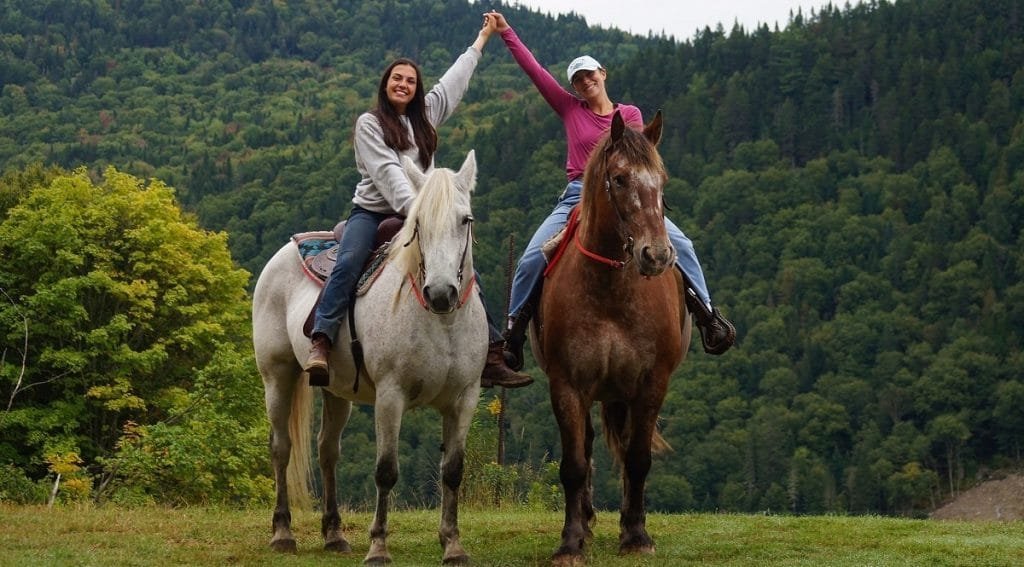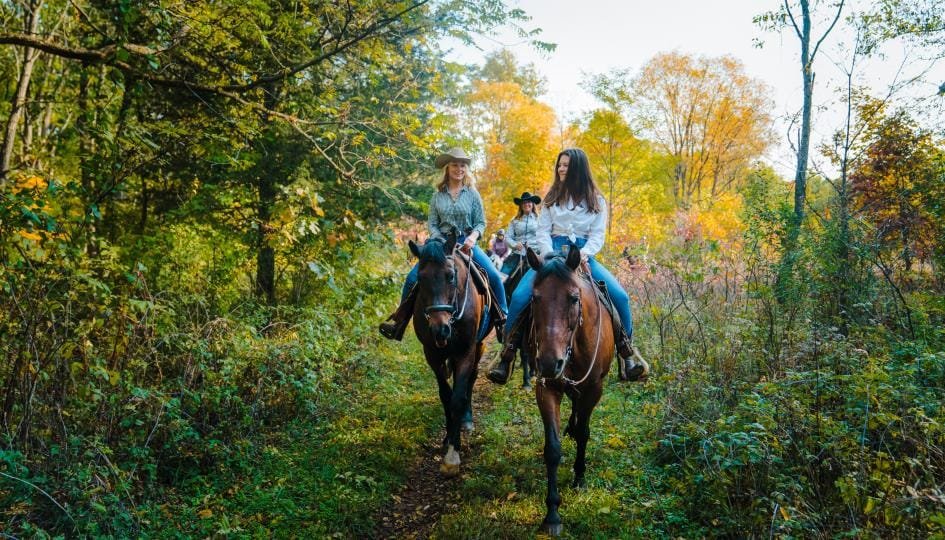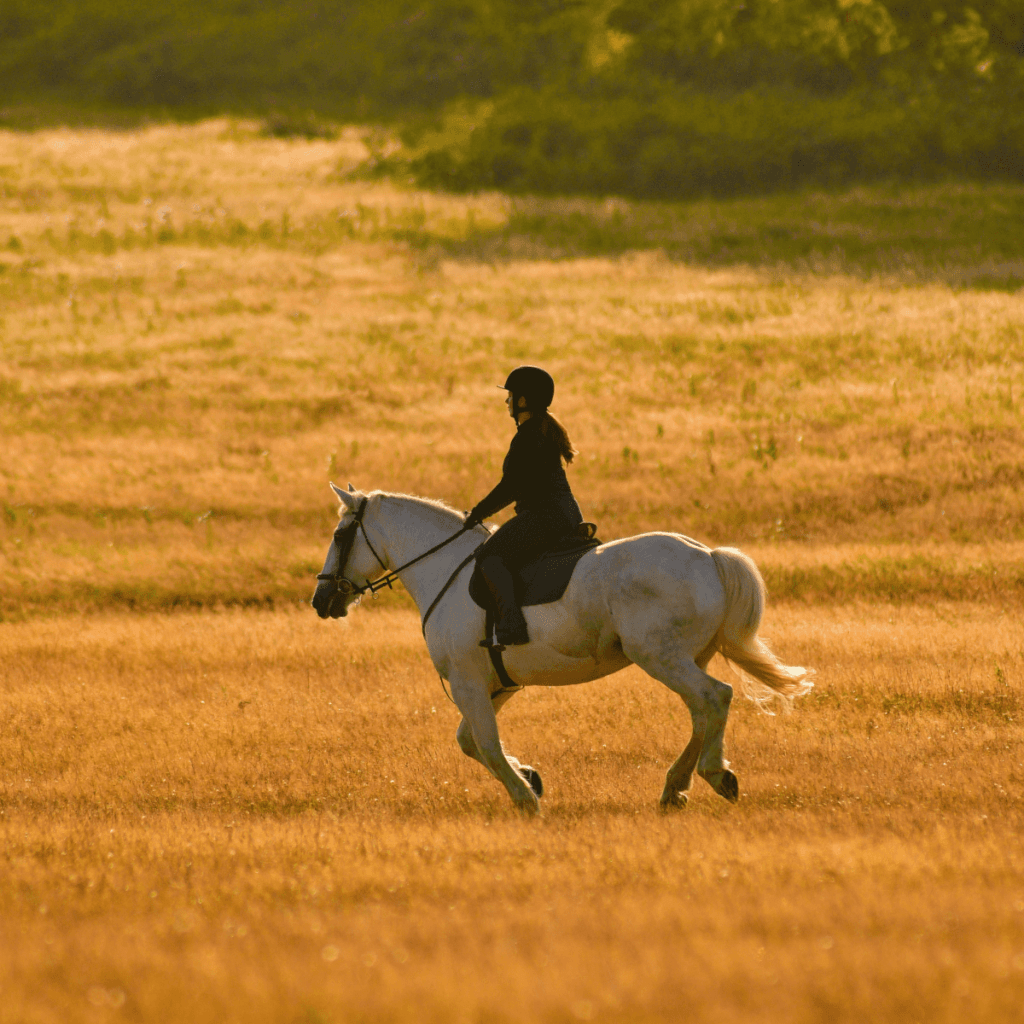Deciding when to start riding a horse is an important consideration for any horse owner.
The age at which a horse can begin its riding training varies based on several factors, including the horse’s physical development, mental maturity, and the intended purpose of the horse. Let’s explore these factors to help you determine the best age to start riding your horse.
Early Development: 2 to 3 Years
Most experts agree that horses should not be ridden before they are at least 2 years old. At this age, a horse is still growing, and its body is not fully developed. Riding a horse too early can lead to physical issues, such as joint problems or back pain. Instead, during this period, it’s advisable to focus on groundwork and building a bond with the horse. Groundwork helps teach the horse basic commands and improves its responsiveness to the rider.
Training during these early years can include desensitization to various stimuli, learning to lead properly, and basic handling. This groundwork is crucial for a horse’s future training and helps prepare it mentally for the challenges of being ridden.
Age 3: The Beginning of Riding
By the time a horse reaches 3 years old, many trainers believe it is suitable to begin light riding. At this age, a horse is usually more physically developed, but it’s still important to be gentle and patient. The riding sessions should be short and focus on basic skills. Light riding at this stage helps the horse build muscle and learn to carry a rider without undue stress.
However, it’s essential to listen to the individual horse. Some horses may be more mature and ready for training, while others might need additional time to develop. Always consider the horse’s breed and personality, as some breeds mature faster than others.
Age 4 to 5: Building Skills
At around 4 to 5 years old, a horse is generally considered ready for more serious training. By this age, a horse’s body is more mature, and it can handle more rigorous exercise and training sessions. This is the time to introduce more complex maneuvers, refine skills, and start preparing the horse for specific disciplines, whether it’s jumping, dressage, or trail riding.
Training should still be balanced with plenty of rest and downtime. Young horses can tire easily, and mental fatigue is just as important as physical fatigue. Keeping sessions fun and varied will help maintain the horse’s interest and enthusiasm.
Age 6 and Beyond: Mature and Ready
By the age of 6, a horse is typically considered fully mature. This means it can handle the demands of more intensive riding and training. At this stage, horses can participate in competitions and engage in more challenging activities. Their physical strength and mental maturity allow them to excel in various disciplines.
It’s important to remember that just because a horse is of age doesn’t mean it’s ready for any kind of work. Each horse is unique, and some may require more time than others. Regular veterinary check-ups and assessments are vital to ensure that the horse is healthy and fit for riding.

Conclusion: Patience is Key
In summary, while horses can start light riding at 3 years old, the best approach is to be patient and attentive to each horse’s individual needs. Groundwork and building a solid foundation are crucial steps before introducing a horse to riding. By allowing your horse to develop both physically and mentally, you set the stage for a successful and enjoyable riding experience.
Remember, every horse is different, and the key is to be patient and attentive to their specific needs. Enjoy the journey of training and bonding with your horse, and you’ll both reap the rewards of a strong partnership!




